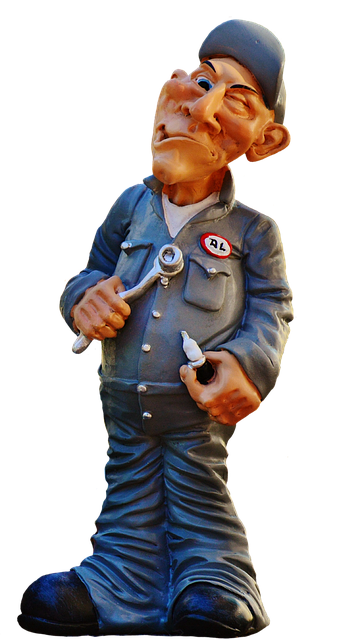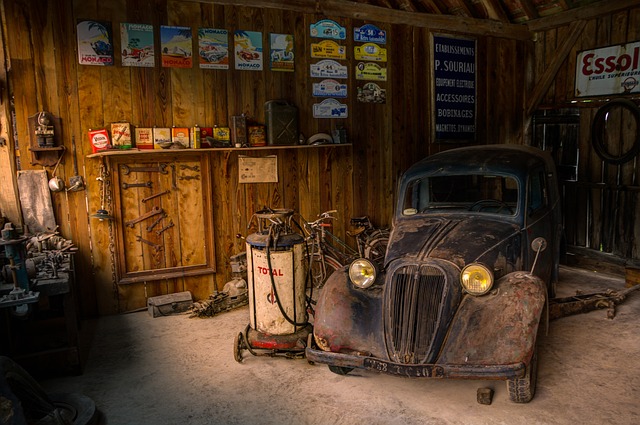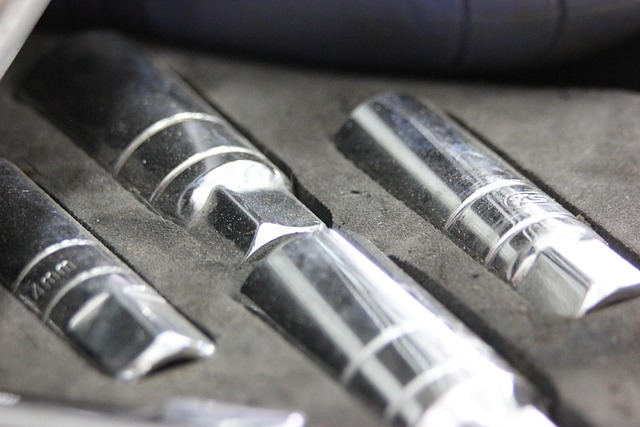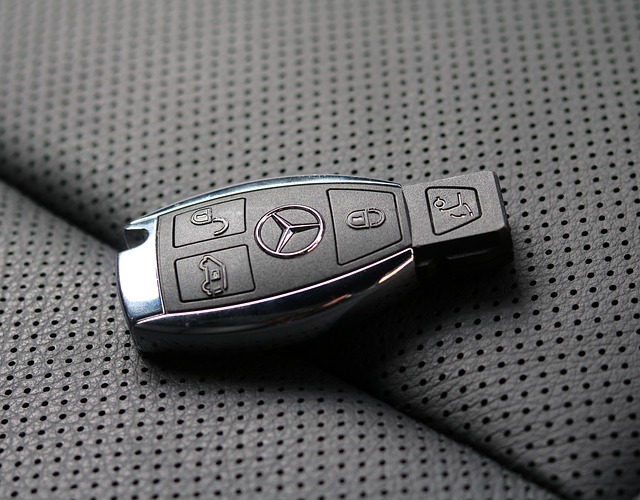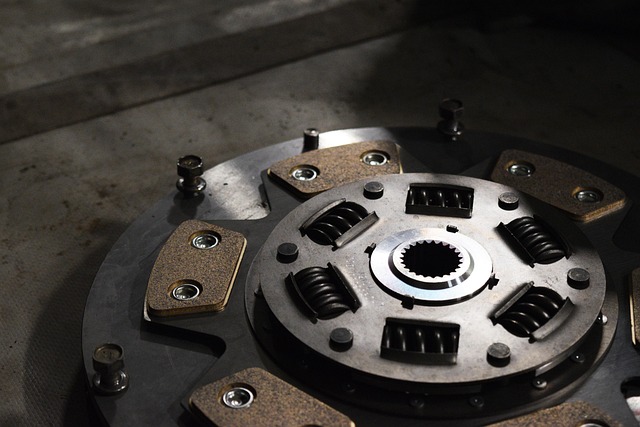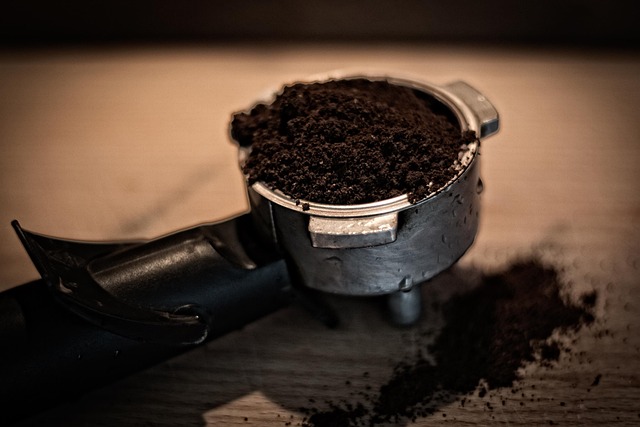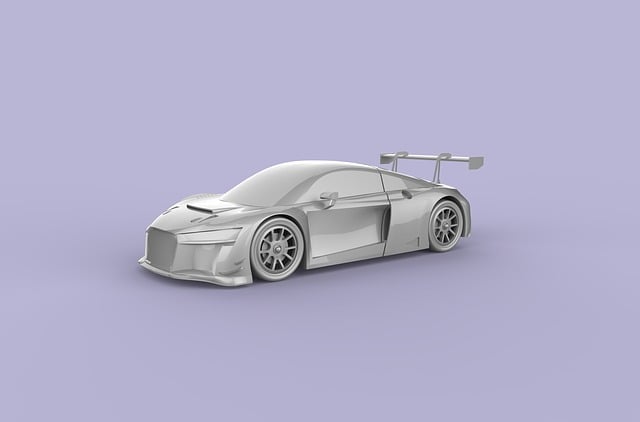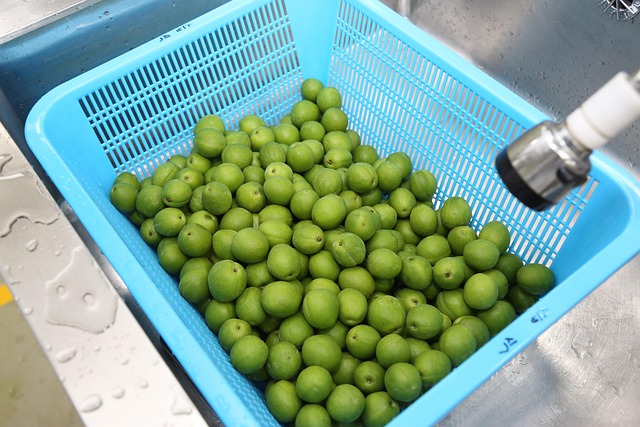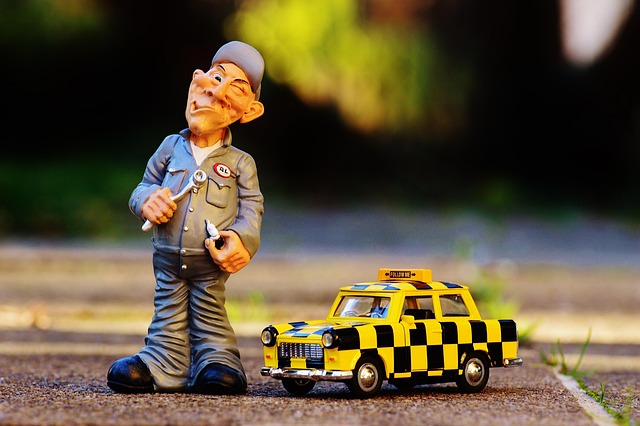Mercedes pearl effect damage requires professional assessment by automotive body shops. They determine repair needs, from simple dent removal to full repaint, based on damage size and depth. Skilled technicians preserve the unique finish's integrity using advanced techniques for chips, cracks, and scratches, avoiding unnecessary repainting costs. Regular maintenance is crucial to prevent damage and maintain the car's elegant pearl-effect appearance and value.
“Mercedes Pearl Effect Damage: Repaint or Repair? Discovering the right approach for restoring your vehicle’s exquisite finish is crucial. This guide explores the intricate world of Mercedes pearl effect repair, offering insights into identifying and assessing damage, including chips, scratches, swirls, and delaminations. We weigh the pros and cons of repairing versus repainting, considering cost, time, and severity. Learn effective surface preparation techniques and explore the best products for long-lasting repairs, ensuring your Mercedes retains its vibrant pearl effect finish.”
- Assessing Mercedes Pearl Effect Damage
- – What is a pearl effect finish?
- – Types of damage: chips, scratches, swirls, and delaminations
Assessing Mercedes Pearl Effect Damage
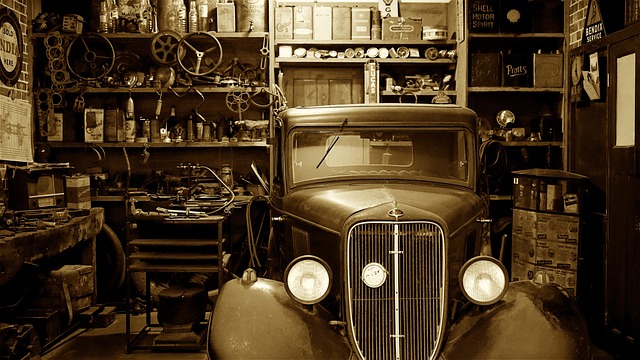
Assessing Mercedes Pearl Effect Damage begins with a close inspection to determine the extent of the issue. The unique and sophisticated pearl effect finish is renowned for its depth and shimmer, making even minor imperfections noticeable. Professional automotive body shops skilled in Mercedes pearl effect repair will examine the damaged area, looking for chips, cracks, or complete loss of the outer layer. This initial assessment helps in deciding whether a simple dent removal process can restore the finish or if a full repaint is necessary to maintain the car’s pristine appearance.
In many cases, minor damage can be effectively repaired through specialized techniques, preserving the original pearl effect. Car bodywork services offered by reputable automotive body shops include precision repairs that match the vehicle’s factory finishes. By evaluating factors like the size of the dent, depth of damage, and extent of paint disruption, experts can guide owners on the best course of action—whether it’s a quick fix for smaller issues or a more comprehensive restoration for significant Mercedes pearl effect damage.
– What is a pearl effect finish?
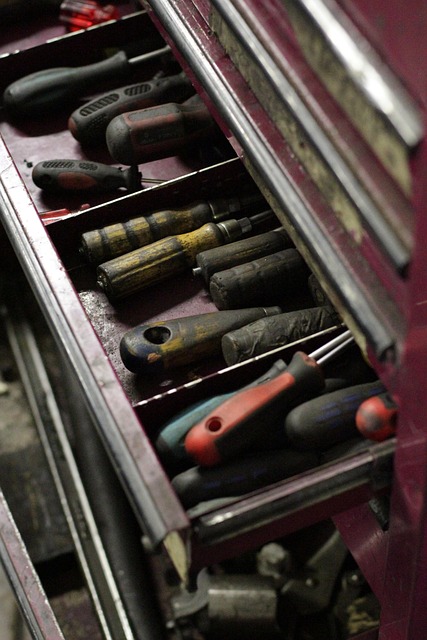
The Mercedes pearl effect finish is a unique and sophisticated coating that gives cars an exquisite, iridescent look. This finish combines elements of both paint and clear coat to create a shimmering, gem-like surface that reflects light in a captivating way. The “pearl” part refers to the way it mimics the lustre found in natural pearls, creating a subtle depth and complexity visible under different lighting conditions. This high-end aesthetic is not only visually appealing but also offers some protective benefits by enhancing the car’s clear coat layer, which can deter minor scratches and swirls.
When considering whether to repair or repaint Mercedes pearl effect damage, understanding the extent of the harm is crucial. Auto collision repair for this specific finish involves skilled technicians who can meticulously fix small chips, cracks, or scratches without compromising the overall integrity of the coating. Body shop services specializing in pearl effect repair utilize advanced techniques and specialized tools to restore the car’s stunning appearance while maintaining its protective properties. This approach is particularly beneficial for minor damage, as it preserves the original finish and avoids unnecessary repainting costs.
– Types of damage: chips, scratches, swirls, and delaminations
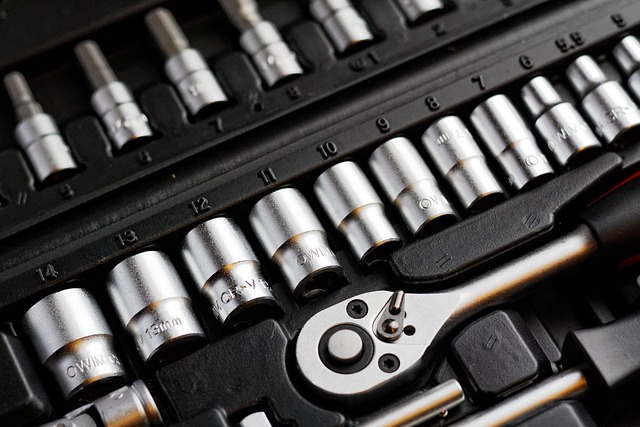
Mercedes vehicles are renowned for their sleek, elegant designs, often featuring a distinctive pearl effect finish that requires meticulous care and maintenance. However, over time, this beautiful exterior can suffer various forms of damage, such as chips, scratches, swirls, and delaminations. These issues can range from minor cosmetic concerns to more significant structural problems that impact the vehicle’s overall appearance and value.
Chips and small cracks in the paint may seem like a simple fix but can lead to further damage if left unattended. Scratches, especially deep ones, not only affect the aesthetic appeal but also compromise the car’s protective coating. Swirls, caused by improper washing or road debris, create circular patterns that can make the pearl effect appear dulled or uneven. Delaminations, where layers of paint separate from the base coat, are a more severe issue and often require professional intervention for effective Mercedes pearl effect repair, ensuring the vehicle restoration to its former glory.
When it comes to deciding between repainting or repairing Mercedes Pearl Effect damage, understanding the extent and type of damage is key. If the damage is limited to minor chips or scratches, professional repair can restore the intricate finish without the need for a full repaint. This not only saves time and costs but also preserves the original color and gloss of your Mercedes’ pearl effect coating. For more severe swirls or delaminations, however, repainting might be the best option to ensure a seamless, like-new appearance. Remember, proper assessment and expert advice are crucial in making the right choice for your Mercedes Pearl Effect repair.






